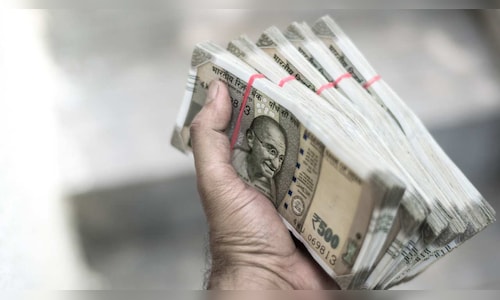[ad_1]
Over the last one year, the currency has clocked a single-day drop of at least 12 paise in 20 instances, with the June 4 fall of 38 paise being the highest. Further, the rupee, which has been hovering at a record low, has ended most part of the year in the red. The latest weakness in the currency is an extension of the 2023 loss, where the local unit declined by 0.6%. The rupee hit a record low of 84.50 on November 21.
While president-elect Donald Trump’s plans for additional tariffs pushed the dollar higher, the escalating tension between Russia and Ukraine and the persistent outflow of foreign funds added pressure on the local currency.
The dollar index, which measures the greenback against six rivals, has rallied nearly 6% over the last two months. Similarly, the foreign portfolio investors (FPIs) have withdrawn $1.5 billion from the Indian equity market so far in November after pulling out nearly $11 billion in October.
Market participants are of the view that the pressure on India’s currency may increase due to the sustained outflow of foreign money from the capital market. According to Barclays, the rupee loses roughly 0.5% vs. the greenback for every $10 billion of stock market outflows, which may be part of a broader shift out of emerging market portfolios.
“We expect USD/INR to rise to 84.7 by the end of this year and 87.0 by late 2025,” Barclays wrote in an investor note.
Among the Asian currencies, the South Korean Won fared badly during the last six months, followed by the Indian rupee. In contrast, Thai Baht and Malaysian Ringgit have rallied about 6% during the same period.
While the Japanese Yen has gained 3.6% over the last six months, the Taiwan Dollar and the Philippines Peso have declined 1% each during the same period.
(Edited by : Ajay Vaishnav)
[ad_2]
Source link










